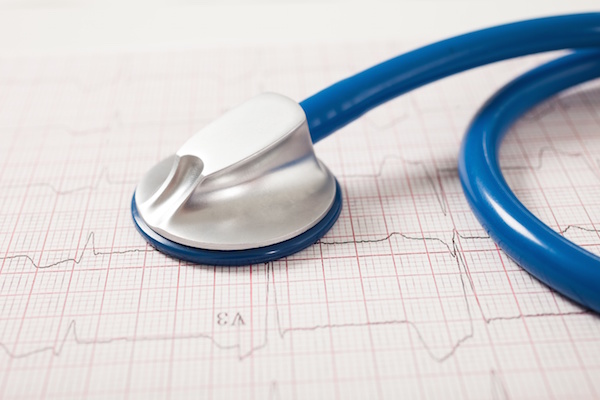
THURSDAY, Oct. 14 (HealthDay News) — Emergency dispatchers should advise bystanders to use chest-compression-only CPR on heart attack victims, rather than the standard protocol of chest compressions and mouth-to-mouth ventilation, according to a new study.
The findings echo the results of other recent reports that have compared the two strategies.
Continuous, uninterrupted chest compressions may be the key to successful CPR, according to this team of American and Austrian researchers.
“By avoidance of rescue ventilations (mouth-to-mouth) during CPR, which are often fairly time-consuming for lay bystanders, a continuous uninterrupted coronary perfusion pressure is maintained, which increases the probability of a successful outcome,” they wrote in the Oct. 14 online edition of The Lancet.
In addition, chest-compression-only CPR is easier to perform, which increases the likelihood that bystanders will be willing and able to help heart attack victims, the team said.
“This confirms that chest compressions save lives. And there is no need for mouth-to-mouth,” said one expert, Dr. Tamara R. Kuittinen, director of medical education in the department of emergency medicine at Lenox Hill Hospital in New York City. “It simplifies the process for the person who witnesses a cardiac arrest to rescue and possibly save a life. You just need to learn and remember how to do chest compressions, how many (and shout for someone to help you by calling 911),” she said.
In their study, the researchers analyzed data from three randomized trials involving more than 3,000 patients who received CPR from bystanders guided by emergency dispatchers.
The survival rate was 14 percent for those who received chest-compression-only CPR and 12 percent for those who received standard CPR.
This means that the relative chances of survival increased 22 percent with chest-compression-only CPR. The absolute increase in survival was 2.4 percent, which means that one life would be saved for every 41 patients who received chest-compression-only CPR.
“Our findings support the idea that emergency medical services dispatch should instruct bystanders to focus on chest-compression-only CPR in adults with out-of-hospital cardiac arrest,” the researchers concluded.
The new findings echo those of recent studies. For example, in September a team from the University of Michigan reported that patients who experience sudden cardiac arrest outside of a hospital setting fare just as well when treated with chest compressions before being treated with an electrical defibrillator as they do when getting immediate defibrillation.
That study appeared in the journal BMC Medicine.
And in July, two studies published in the New England Journal of Medicine each found that chest compression alone was equal to compressions plus mouth-to-mouth when it came to helping people experiencing a heart attack.
More information
The American Heart Association explains how to perform hands-only CPR.

